An impressive trip, full of history and emotion, is it tempting you? Go back to time and visit Herculanum, this magnificent ancient site located near Naples, to understand what was the terrible natural disaster that engulfed the city in the year 79.
Smaller than Pompei , designated as his sister, but nevertheless impressive, the city of Herculanum was also destroyed by the sadly famous eruption of the Vesuvius of the year 79. Under a layer of lava and mud, it is precisely because of this that the conservation of the city Herculanum is also impressive (unlike Pompeii that was covered with ashes and lapilli , which burned much of the city).
Herculanum visit: a little history
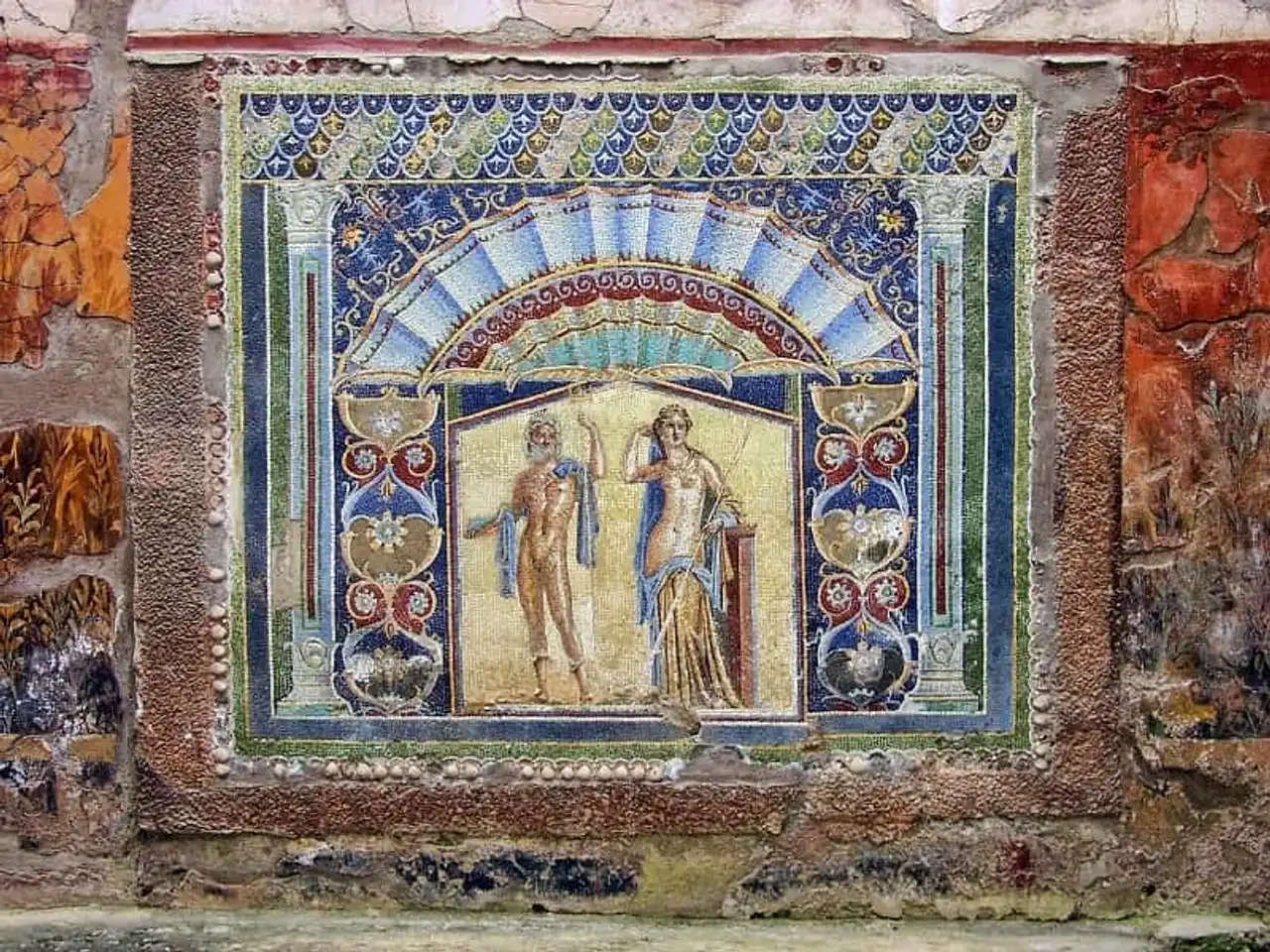
Photo credit: Pixabay- Graham-H
Herculanum was a charming little Roman town located in the Campania region, at the foot of the Vesuvian volcano . It is about 4,000 inhabitants who lived there from fishing, agriculture and crafts. Rich Romans and other Campanians also owned beautiful and large villas in the city bordered by the sea.
On the night of October 24 to 25, 79, Vesuvius entered into an eruption and buried five cities around Naples: Herculanum, Oplontis, Boscoreale, Stabies, and Pompeii. Located closer to the Vesuvius, Herculanum was particularly violently and completely buried by 20 meters of mud, leaving no chance to the villagers who did not have time to flee.
It was only in the early eighteenth century that the ensevelie city was discovered. By the suddenness of the eruption, the city was literally frozen in time and extremely well preserved. As a result, we can now observe on this archaeological site ancient dwellings, luxurious mosaics and frescoes, but also skeletons of victims in positions that reflect the terror that the inhabitants have known.
What to see in Herculanum?
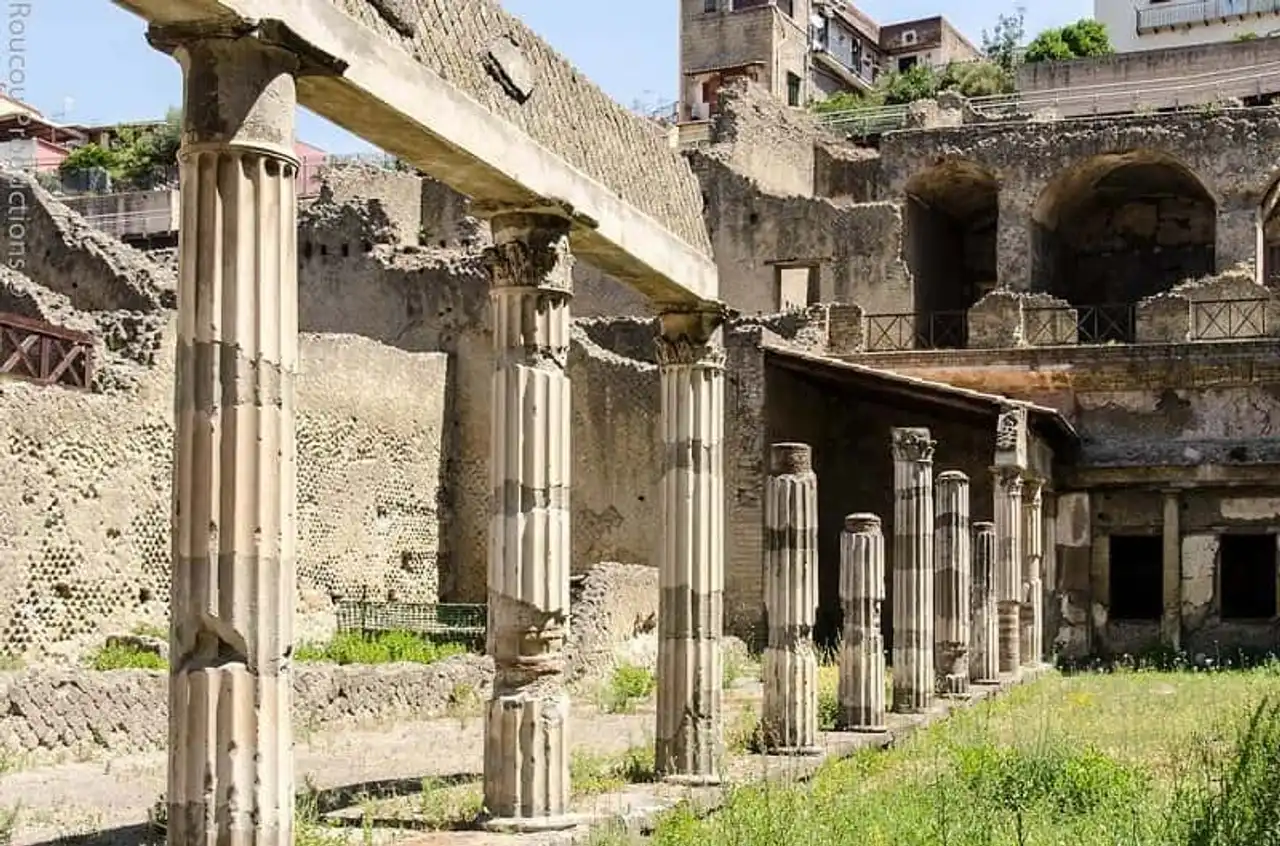
Photo credit: Flickr – Leroucou
The old town of Herculanum is located in an archaeological hole of more than 20 meters deep. The site is much smaller than that of Pompei, because only 1/3 could be cleared. Indeed, the excavations stopped where the current town of Ercolano begins. The majority of public and religious monuments are still covered by the modern city.
When visiting Herculanum, you should not miss the main monuments that are:
- The port area, where a boat and 300 human skeletons were found (this area is open to the public on weekends only). - The garden of the Casa dell’Albergo, where fruit trees were replanted - The public building named Sacellum des Augustales, with its magnificent frescoes to the glory of Hercules - The house of Neptune and Amphitrite and its mosaics - The small store adjoining on these walls food and wine containers still intact - The ancient Roman baths always covered with mosaics - The Villa dei Cervi, spectacular with its mosaics, frescoes and luxurious statues
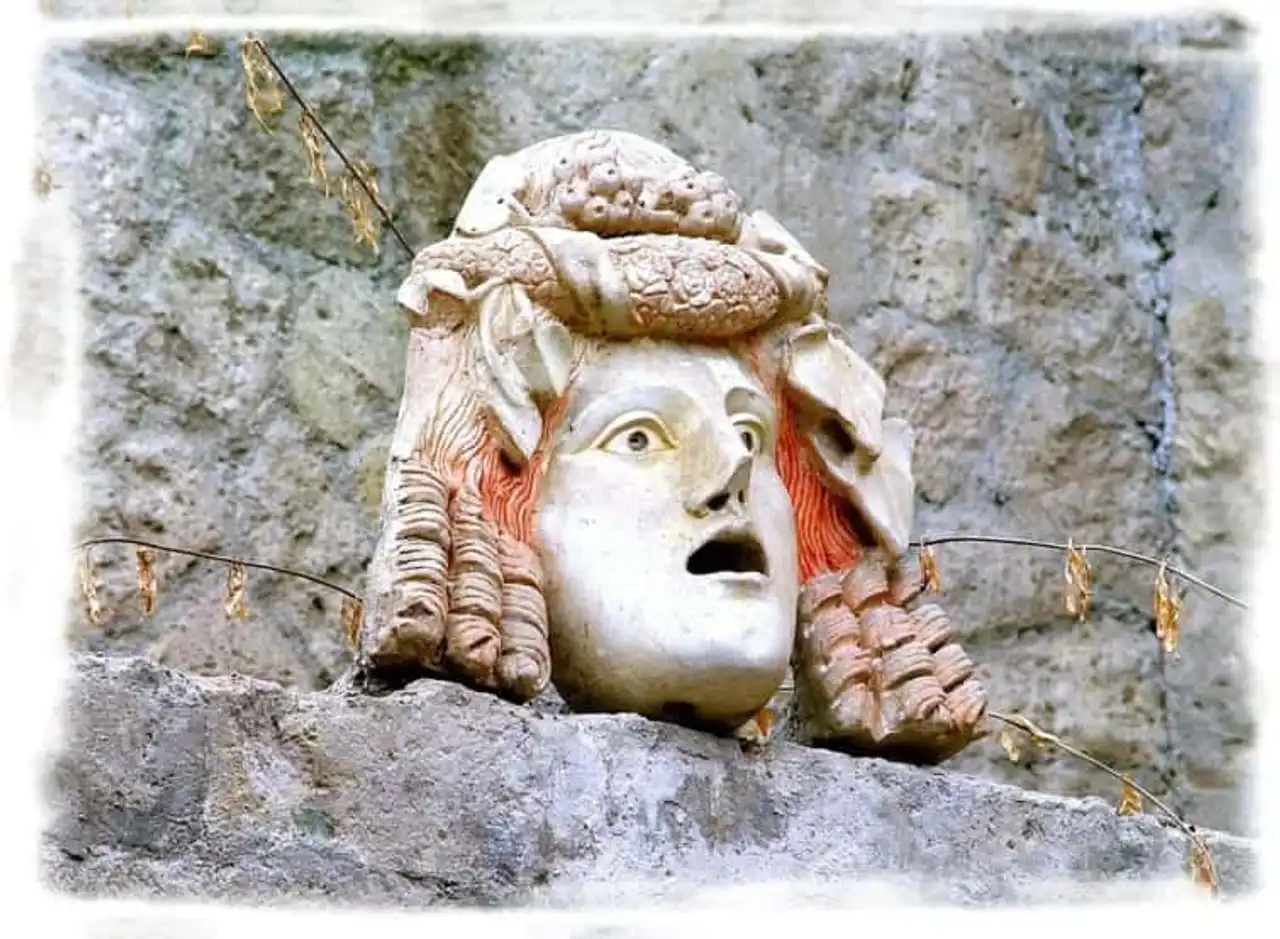
How to visit Herculanum?
If you decide to visit Herculanum, plan about 1 to 2 hours of visit, the site is not very large. The ancient city of Herculanum is completely pedestrian and accessible to persons with disabilities. Provide good shoes to be comfortable and also water, it can be very hot depending on the chosen period. To appreciate the visit more, we recommend taking a guide. These history enthusiasts will tell you a lot of surprising anecdotes and will make you relive with great intensity the history of the city and what happened the night of the eruption. Emotion guaranteed!
How to get to Herculanum?
If you are going to visit Herculanum by your own means, without a guide, you can go by train from Naples. For 2,50€ go from the Napoli Centrale train station, a direct train takes you to Herculanum in about 20 minutes (taking the Circumvesuviana line to Ercolano scavi).
If you are based in Sorrento, note that there is a day trip that allows you to visit Herculanum and Pompeii with a guide. Learn more about this trip from Sorrento .
Herculanum: opening hours and rates
The entrance ticket for Herculanum is €11 in full price and €5.50 for students aged 18-24 and teachers. These are prices on site, so you have to queue. Admission is free for EU citizens under the age of 18 and over the age of 65. Every first Sunday of the month all sites are free.
The prices for Pompei are the same. There is a 21€ ticket that allows you to visit Pompeii, Herculanum, Oplontis, Boscoreale and Stabiae for 3 consecutive days. This 3-day pass is 30€ if take the "slip-slip" option.
Opening hours and days of Herculanum :
- From April to October: open from 8:30 a.m. to 7:30 p.m. (the ticket office closes at 6 p.m.)
- From November to March: open from 8:30 am to 5:30 pm (the ticket office closes at 3:30 pm)
- Closed on 1 January and 25 December
Main photo credit: Pixabay – Graham-H
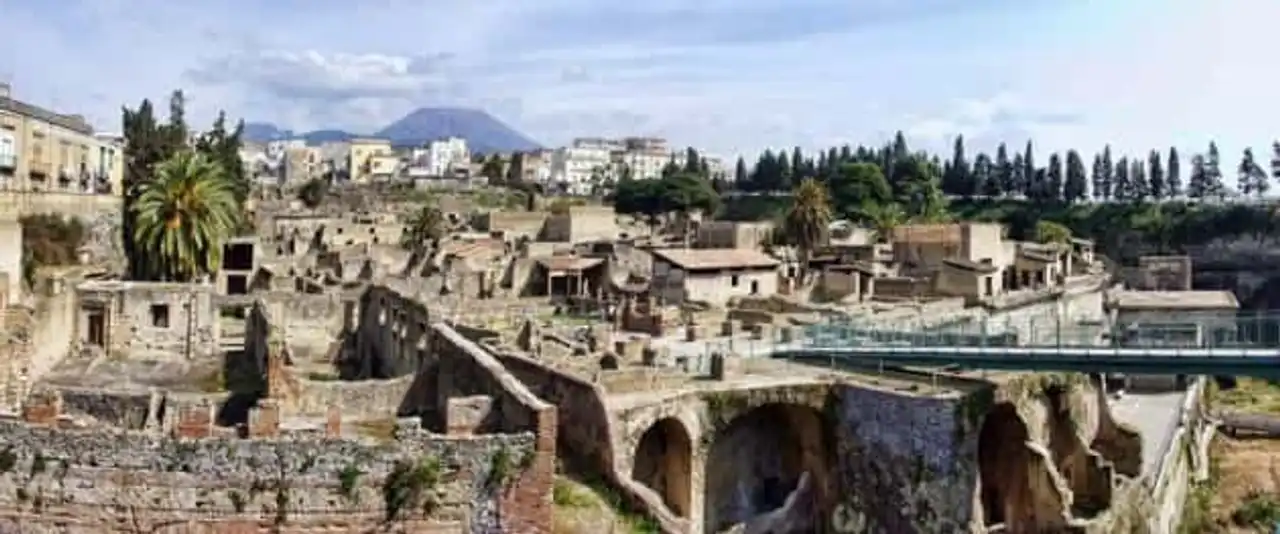




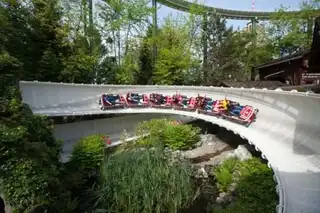
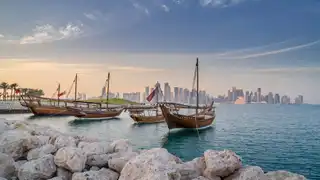
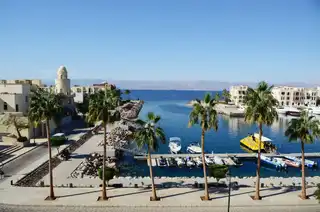
Loading comments ...